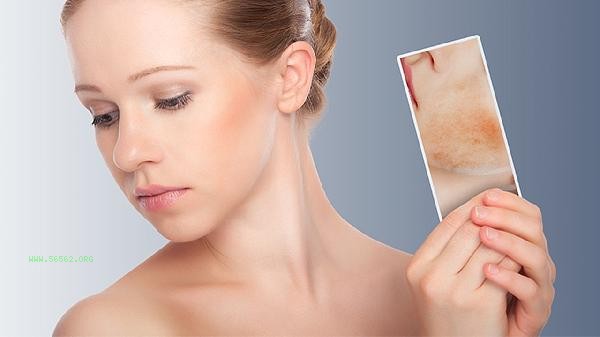The weight loss effect of expensive shapewear in beauty salons is limited, mainly relying on physical compression to temporarily change body shape, and cannot truly reduce fat. The principle of action of shapewear includes local pressure shaping, temporary visual slimming, assisting posture correction, limiting food intake, and psychological suggestion effects.

shapewear applies pressure to the waist, abdomen, thighs, and other areas through elastic fabric, which can immediately reduce waist circumference when worn. However, this change is only a temporary fat displacement, and the body shape will return to its original state after removal. Part of the shapewear adopts a multi-layer compression design, which may help improve poor posture such as hunchback, but long-term dependence may lead to degeneration of the core muscle group. Some consumers reduce their food intake due to discomfort in wearing, indirectly resulting in a slight weight loss effect, but may also lead to malnutrition. In special circumstances, postpartum women can use medical grade shapewear under the guidance of a doctor to assist in pelvic floor muscle recovery and cesarean section wound fixation. This type of functional shapewear requires professional medical evaluation. The pressure clothing used by burn patients is also for medical purposes and must be strictly worn according to medical advice. The shapewear sold by ordinary beauty salons do not have medical qualifications, and their claimed fat burning and detoxification effects lack scientific basis.

Healthy weight loss should be achieved through a reasonable diet and regular exercise, with shapewear serving as a temporary auxiliary tool at most. It is recommended to choose a basic shapewear with good breathability and wear it for no more than 4 hours a day to avoid affecting blood circulation. Long term weight loss still requires establishing a calorie deficit, engaging in weekly aerobic exercise and strength training, consuming sufficient amounts of high-quality protein and dietary fiber, and consulting a nutritionist to develop personalized plans if necessary.









Comments (0)
Leave a Comment
No comments yet
Be the first to share your thoughts!